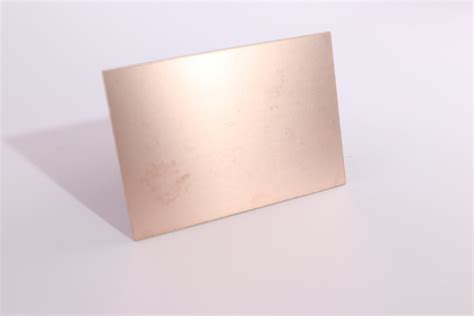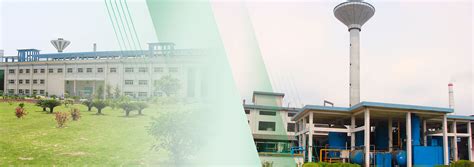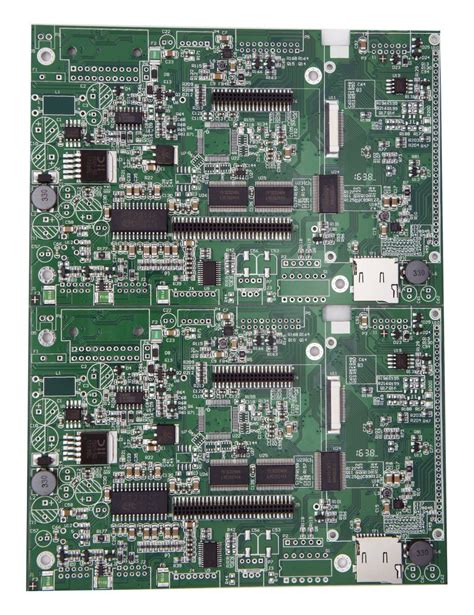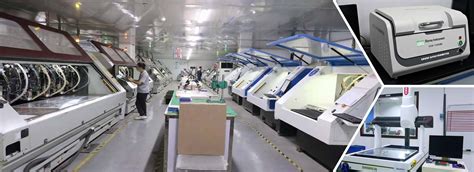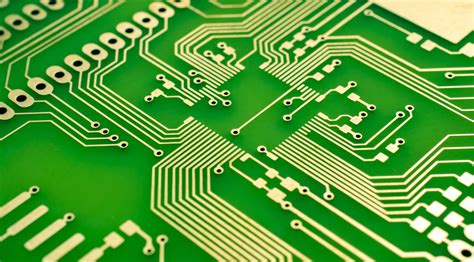Leading Copper Clad Board Manufacturer Innovations and Insights
Key Takeaways
In the realm of PCB manufacturing, copper clad boards play a pivotal role in defining the quality and performance of circuit boards. Understanding the essentials of copper clad boards and their applications is vital for anyone involved in pcb assembly or pcba processes. Innovations in manufacturing techniques have led to improved properties of these boards, enhancing their thermal conductivity and electrical performance. Manufacturers are increasingly adopting advanced technologies, such as automated fabrication processes and high-frequency materials, to meet the ever-evolving demands of modern electronics. Additionally, sustainability is becoming a significant factor; manufacturers are exploring eco-friendly materials and production methods that reduce waste without compromising quality. These developments are not just trends but essential shifts that are reshaping how copper clad boards contribute to superior circuit performance. As we look ahead, it’s clear that continuous advancement in material science will further drive innovations, addressing challenges such as miniaturization and increased functionality while paving the way for a more environmentally responsible industry.
Understanding Copper Clad Boards: Basics and Applications
Copper clad boards are essential components in the realm of pcb assembly and pcba processes. These boards consist of a non-conductive substrate that is coated with a thin layer of copper on one or both sides. This design facilitates the creation of intricate pathways for electrical currents, making them vital in a wide array of electronic devices, from consumer electronics to industrial machinery.
Understanding the applications of copper clad boards is crucial for manufacturers and engineers alike. They serve as the foundation for printed circuit boards (PCBs), which are pivotal in the construction of complex electronic systems. The choice of substrate material, combined with the quality and thickness of the copper layer, directly impacts thermal performance, mechanical strength, and electrical conductivity.
| Application Area | Description |
|---|---|
| Consumer Electronics | Used in smartphones, tablets, and televisions for reliable electrical connections. |
| Automotive | Integral in vehicle systems including navigation, safety features, and entertainment. |
| Industrial Equipment | Employed in heavy machinery where high-performance operation is critical. |
| Telecommunications | Vital for routers, switches, and other networking hardware requiring signal integrity. |
In summary, copper clad boards stand at the intersection of technology and functionality. Their versatility across various applications highlights their importance in advancing modern electronics while paving the way for future innovations within the pcb assembly sector.
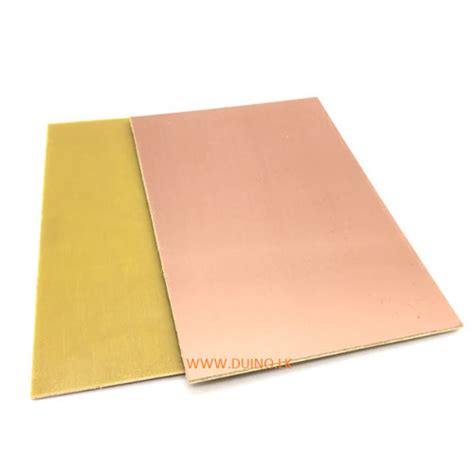
Technological Advancements in Copper Clad Board Manufacturing
The landscape of copper clad board manufacturing has undergone significant transformation due to innovative technological advancements. State-of-the-art manufacturing processes have emerged, enhancing the efficiency and quality of these essential components in electronics. For instance, modern techniques such as advanced laser etching and high-precision drilling have enabled manufacturers to achieve tighter tolerances in pcb assembly, resulting in improved pcba reliability and performance.
Moreover, the integration of automated systems and AI-driven machinery is revolutionizing production lines, ensuring consistent quality while minimizing human error. This shift not only streamlines the production process but also accelerates time-to-market for new electronic devices, a critical factor in today’s fast-paced tech environment.
Implementing these advancements also plays a vital role in enhancing thermal management capabilities of circuit boards, which is crucial for high-performance applications. As electronic devices become more compact and powerful, the demand for efficient heat dissipation fosters innovations that keep pace with industry needs.
“Staying ahead in technology is not just about adopting new tools; it’s about rethinking processes to improve overall quality and efficiency.”
In summary, the continual evolution of copper clad board technology not only shapes the future of pcb assembly, but also ensures that manufacturers remain competitive in a rapidly changing market. As these trends evolve, there’s an ongoing commitment to excellence that drives improvements across all facets of production.
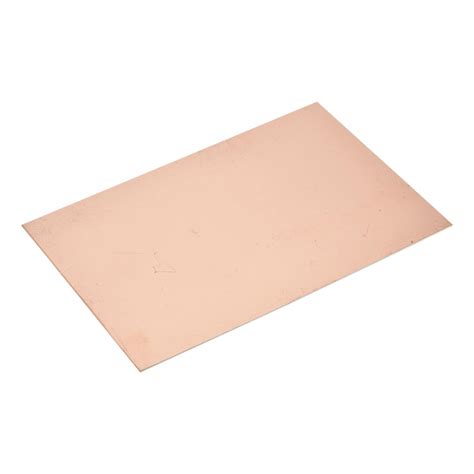
Industry Trends Reshaping Circuit Board Production
The landscape of circuit board production is undergoing significant transformation driven by various industry trends. One notable development is the increasing demand for advanced pcb assembly techniques, enabling manufacturers to create more complex and compact designs. This evolution is largely influenced by the growth of the Internet of Things (IoT), where integrated devices require high-density pcba solutions for efficient operation. Moreover, the shift towards smart technologies has catalyzed innovations in copper clad boards, enhancing their thermal and electrical performance.
As manufacturers adopt automation and smart manufacturing practices, production efficiency improves, thereby reducing costs and time-to-market. Furthermore, the emphasis on sustainability in raw material sourcing and manufacturing processes fosters a more environmentally friendly approach within the sector. These trends not only influence production methodologies but also dictate market demand for high-quality circuit substrates that can support evolving technological applications. As a result, staying ahead of these changes is critical for manufacturers aiming to maintain a competitive edge in the ever-evolving world of circuit board technology.
The Role of Sustainability in Copper Clad Board Manufacturing
In recent years, the emphasis on sustainability has become increasingly significant in the copper clad board manufacturing sector. As companies strive to reduce their environmental footprint, many manufacturers are exploring innovative practices that not only enhance the production process but also contribute to a more sustainable future. The shift towards eco-friendly materials and manufacturing methods is shaping industry standards. For example, using recycled copper not only conserves resources but can also reduce costs, thereby positively impacting pcb assembly efficiency.
Moreover, manufacturers are exploring alternative technologies that minimize waste during production, further enhancing sustainability efforts. A commitment to responsible sourcing of materials helps in aligning with global sustainability goals and meeting consumer demands for environmentally responsible products. The integration of sustainability into pcba processes is no longer an option; it’s become a necessity for staying competitive in a market increasingly driven by ecological considerations. By prioritizing these sustainable practices, copper clad board manufacturers are not only improving their operational performance but also ensuring that they contribute positively to the broader environmental landscape.

Innovations in Material Science for Enhanced Circuit Performance
The advancement of material science is pivotal in enhancing circuit performance, particularly in the realm of copper clad boards. Recent breakthroughs have led to the development of new resin systems and substrate materials that improve conductivity and thermal stability. These enhancements are crucial in applications where pcb assembly and pcba processes require increased reliability under demanding operational conditions. For instance, utilizing advanced dielectric materials reduces signal loss, thus optimizing the overall efficiency of electronic devices. Moreover, these innovations are not just about performance; they also focus on reducing weight and cost without compromising quality. As manufacturers integrate these innovative materials into their production processes, we’re seeing a notable shift towards high-performance circuitry that meets the rigorous demands of modern electronics. The synergy between novel material developments and traditional manufacturing techniques is redefining what is possible within the industry, paving the way for smarter, faster, and more efficient circuit board applications.
Challenges Faced by Copper Clad Board Manufacturers Today
The landscape of copper clad board manufacturing is dynamic and increasingly complex, presenting numerous challenges for manufacturers. One of the most prominent issues is the rapidly evolving demand for higher quality pcb assembly processes, which necessitates advanced techniques and materials. As technology continues to progress, manufacturers must adapt to new requirements that not only include improving the durability and performance of their products but also keeping pace with the pcba sector’s need for miniaturization and enhanced functionality.
Additionally, cost management remains a critical factor. The rising prices of raw materials combined with the need for investment in cutting-edge technology can squeeze profit margins significantly. Manufacturers are also tasked with ensuring compliance with various international standards, which can complicate production processes and increase lead times.
Another challenge is the demand for sustainability in production. As environmental regulations become stricter, manufacturers must innovate not only in their product offerings but also in their processes to minimize waste and reduce their carbon footprint. This shift towards greener manufacturing practices requires an investment in new technologies and methodologies while ensuring that product quality remains uncompromised.
Lastly, competition within the industry is fierce. With many players vying for market share, differentiation through innovative designs and superior performance has become essential. All these factors combine to create a multifaceted challenge for copper clad board manufacturers, who must continuously innovate while navigating an increasingly complex landscape of technological, economic, and regulatory pressures.
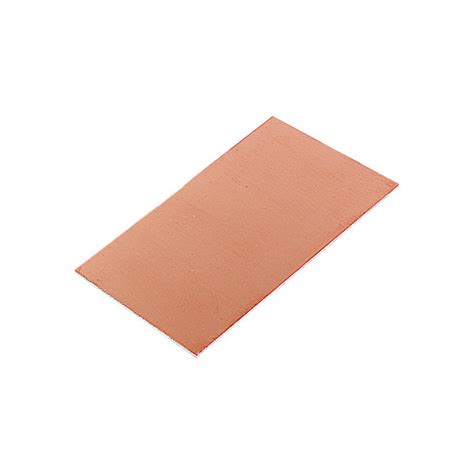
Future Predictions: Where is the Copper Clad Board Industry Heading?
As the demand for PCB assembly continues to soar with the proliferation of smart devices and electronic applications, the copper clad board industry is poised for significant transformation. Future predictions indicate a shift towards increased automation in the manufacturing processes, enabling higher precision and efficiency in the production of PCBA. This evolution will likely enhance not only production speed but also product consistency, addressing a critical factor in meeting global quality standards. Furthermore, advancements in material sciences will contribute to the development of more robust and adaptable copper clad boards, optimizing performance across diverse applications.
As sustainability becomes a focal point in manufacturing, we can anticipate innovative approaches that minimize waste and reduce environmental impact while maintaining high quality. This is essential as industries strive to meet regulatory requirements and consumer expectations for eco-friendliness. Overall, with technological advancements spearheading changes and sustainability driving newer methodologies, the copper clad board industry is set not only to adapt but also to thrive in an ever-evolving market landscape.
Case Studies: Successful Innovations from Leading Manufacturers
Innovations within the copper clad board industry have significantly enhanced the pcb assembly process, allowing manufacturers to achieve higher levels of efficiency and reliability. One notable case study comes from a leading manufacturer that adopted advanced materials management techniques, streamlining the production of pcba while reducing waste. This innovative approach not only improved throughput but also lowered overall production costs without compromising quality. Additionally, several companies have integrated cutting-edge laser technologies into their copper clad board fabrication processes, enabling precise etching and quicker turnaround times.
These advancements are corroborated by industry data indicating a marked increase in production capacity alongside improved electrical performance in the final pcb assembly products. Another compelling example involves a manufacturer that embraced automated solutions for quality assurance, leveraging machine learning algorithms to detect defects in real-time during the pcba process. This proactive method has significantly minimized errors and reduced the need for extensive manual checks, resulting in a more streamlined workflow.
As challenges continue to emerge within this evolving landscape, these case studies demonstrate how leading manufacturers are committed to pioneering technologies that not only improve operational efficiencies but also set new benchmarks in quality and performance standards across the copper clad board sector. This continuous innovation is vital for keeping pace with growing market demands and advancing technology trends that shape the future of copper clad boards.
Conclusion
As we reflect on the advancements within the copper clad board sector, it’s clear that innovation and technology are significantly pushing the boundaries of what is possible in pcb assembly and pcba processes. Manufacturers are increasingly integrating state-of-the-art materials and techniques to enhance the performance and reliability of their products. This has not only improved quality but also expanded the range of applications where these boards can be utilized, from consumer electronics to more specialized fields like aerospace and medical devices. The emphasis on sustainability is another pivotal aspect shaping this industry’s future, with more manufacturers adopting eco-friendly practices and materials in their production processes. With these trends in place, the landscape of circuit board production continues to evolve rapidly, presenting exciting opportunities for growth and innovation. Engaging with successful case studies from leading manufacturers allows us to appreciate these advancements, demonstrating how they pave the way for a more efficient, high-quality production environment that meets the demands of a fast-paced market.
FAQs
What is a copper clad board?
A copper clad board is a substrate material used in the production of printed circuit boards (PCBs). It is formed by bonding copper foil to an insulating substrate, providing the necessary conductive pathways for electronic components.
What are the common applications of copper clad boards?
Copper clad boards are widely used in various applications, including pcba for consumer electronics, automotive systems, telecommunications, and industrial machinery. They provide essential functionality in both low and high-frequency circuits.
How does technology impact copper clad board manufacturing?
Technological advancements have significantly improved the efficiency and precision of manufacturing processes. These innovations enable manufacturers to produce high-quality copper clad boards more swiftly while reducing waste.
What role does sustainability play in this industry?
Sustainability is becoming increasingly important in copper clad board manufacturing. Many manufacturers are adopting eco-friendly practices such as recycling materials and using green chemistry to minimize environmental impact.
What challenges do manufacturers face in producing copper clad boards?
Challenges include managing material costs, keeping up with technological changes, and ensuring compliance with environmental regulations. The demand for high-quality pcba products also pushes manufacturers to innovate continuously.
Where is the future of the copper clad board industry heading?
The future looks promising with continuous advancements in materials and processes. The industry is expected to focus more on sustainability, along with improvements in performance that meet growing electronic device requirements.

